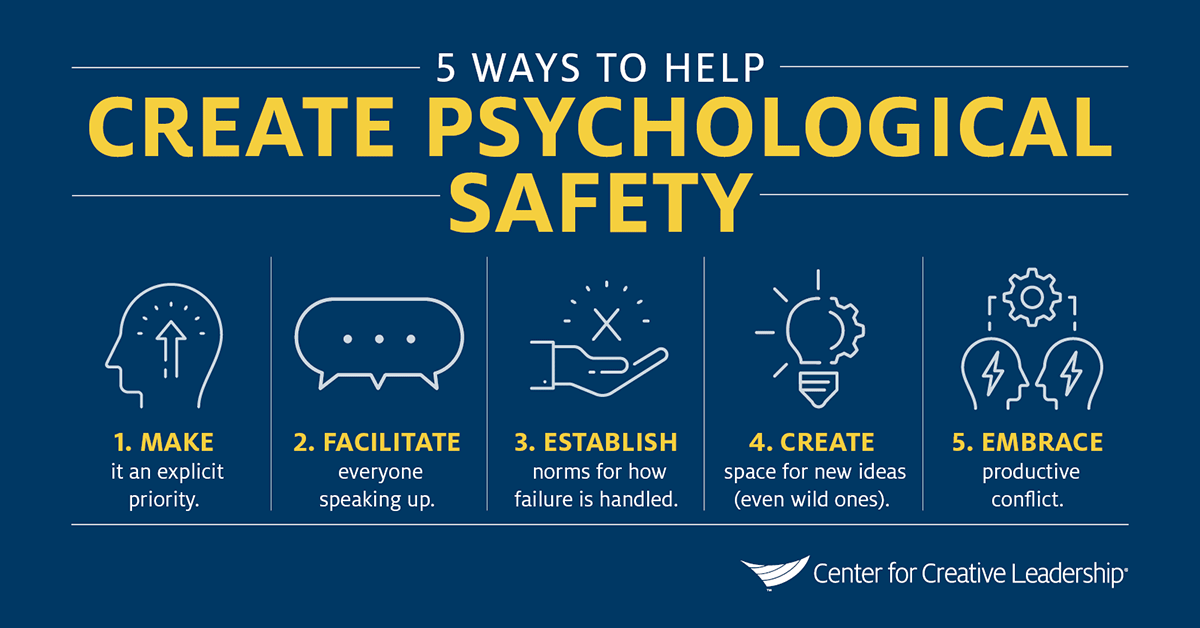
You must choose which fee type to use when setting your fee for financial planning services. There are two types fees: hourly and tiered. You need to select a fee that's reasonable and proportional to the services your planner provides. For example, an annual fee of $2,000 per client is hard to justify if you have only 18 ongoing clients.
Fee-based financial planners
Fee-based financial planners charge fees. This fee may vary from a flat rate to an hourly rate depending on what services are provided. In addition to providing financial advice, fee-only planners help their clients minimize taxes and protect their assets. For a flat fee, you can find a financial planner.
A fee-based planner is usually more expensive than robo advisers. This is because they charge a percentage on assets under management (AUM), while flat-fee robo-advisors do not charge any fees. Fee-only planners are often more expensive than robo-advisors. This is why you should check with the fee only financial planner you select. However, a fee-only financial planner will also be more likely to suggest products that they make a commission from. Based on your assets, you could pay from a few hundred to more than $3,000.

A fee-based financial planner can be a good choice if you need ongoing financial advice. This model has many advantages. It can eliminate conflicts of interest and increase protections afforded through the Fiduciary Rule. Additionally, it is easier for the planner and you to tailor your financial advice.
Financial planners who charge an hourly fee
Financial planners that charge an hourly fee often have flexible hours and may charge hourly fees. These advisors are most suitable for people who need guidance with building a financial strategy but don't require portfolio management. Additionally, they can offer one-time and second opinions. Hourly planning has its limitations.
Hourly fee-based financial planners are often less expensive than those working under a retainer model. Hourly financial advisors are especially useful for people who are just starting out or in a difficult financial position. They can help you make the right financial decisions and guide you for many years.
A fee-only planner is another type of fee based financial planner. These planners work with clients in order to help them create a plan that will help them reach their financial goals, such as debt repayment and retirement. Clients pay these planners by collecting a percentage of the assets that they manage for their clients. The fee they receive is usually one percent of the client's portfolio value. They do not receive any additional compensation for selling financial products.

Tiered fee-based financial planners
Financial planners who charge a fee-based tiered fee will charge clients according to their financial needs. Typically, the fees increase as a client's needs grow. Clients in a particular fee tier receive a varying level of service and financial advice. In addition to a sliding scale, a tiered fee structure may include incentives for referrals.
FAQ
What are the advantages of working with a coach to help you live your best life?
A life coach can help you live a happier life by helping to achieve your goals, overcome obstacles, and change your habits so that you are more fulfilled.
A life coach also helps individuals to develop self-awareness, build confidence, improve relationships and increase motivation and productivity.
A life coach can help you to thrive.
What will I gain from my life coach session?
Your goals and needs will be discussed during your first coaching session. We will then discuss your goals and help you identify obstacles that may be preventing you reaching those goals. Once we've identified the problem areas, we'll design a plan of action to help you reach your goals.
We will check in every month to make sure things are moving according to plan. If there's anything you want us to address, please let us know.
We're here to guide you through the process. You will always feel like we are there for you.
How many clients should life coaches have?
As a coach, the most important thing is to grow. You need to grow as much as possible and become an expert on yourself. You'll be able to help others by learning from your mistakes.
You want to create a solid foundation for your business. Understanding your personality and the way you work best is key to achieving this goal.
You will be able use the same motivators to motivate your employees and clients once you understand what motivates.
It is important to have at most 5-10 clients. However, if your business is doing well, you may have over 100 clients.
Statistics
- If you expect to get what you want 100% of the time in a relationship, you set yourself up for disappointment. (helpguide.org)
- People with healthy relationships have better health outcomes, are more likely to engage in healthy behaviors, and have a decreased mortality risk.1 (verywellmind.com)
- This also doesn't mean that the give-and-take in a relationship is always 100% equal. (verywellmind.com)
- According to a study from 2017, one of the main reasons for long-term couples splitting up was that one of the partners was no longer showing enough affection and attention to the other. (medicalnewstoday.com)
- Life coaches rank in the 95th percentile of careers for satisfaction scores. (careerexplorer.com)
External Links
How To
What is life coaching like therapy?
Therapy is for those who are stuck and need support to move forward. Life Coaching can help you move beyond the present and toward your future.
Life coaching is based in the belief that all people have unlimited potential. The greatest asset to us is not our skill set, but the way we use these skills. We believe that helping clients develop these skills can make them happier, healthier, and wealthier.
We believe there is a difference between "therapy" and "coaching". Therapy focuses on fixing problems, while coaching focuses on developing strengths.
Therapists are often focused on the symptoms of depression, anxiety, anger etc. while coaches concentrate on the strengths like resilience, optimism and confidence. Both coaches and therapists focus on changing.
The difference is that therapists are trained in fixing problems and coaches to build strength. Counselors often feel self-conscious and feel worse about themselves. They may believe that if they talk to another person, they will feel better. But, this is false.
To help clients find their answers, coaches ask them questions. For example, what do you enjoy doing? Or, "Who would be you if there were no limitations?"
They don’t try to tell customers what to do. Instead, they help people discover what makes their lives happy. In short, they're looking at the whole person - body, mind, spirit, emotions, relationships, finances, career, hobbies, etc. - rather than focusing solely upon the problem.
Life coaching offers a unique advantage over traditional therapies in that it is more efficient and cheaper.
Therapy typically requires several sessions per week for months or even years. A good therapist will charge between $50 and $100 per session. Even if you only have one session per month you could be spending thousands of dollars annually on therapy.
For a fraction of the price, a life coach will work with you twice a week. A lot of people can afford life coaching, as it is much less costly.